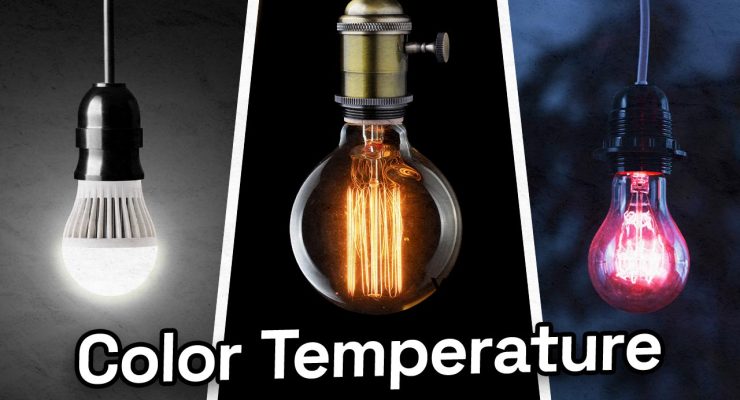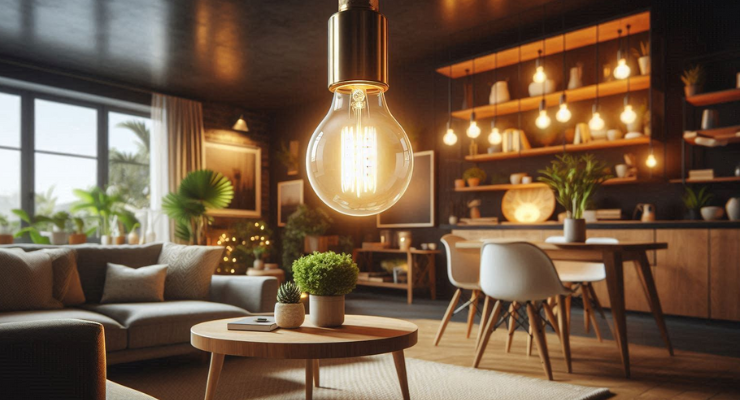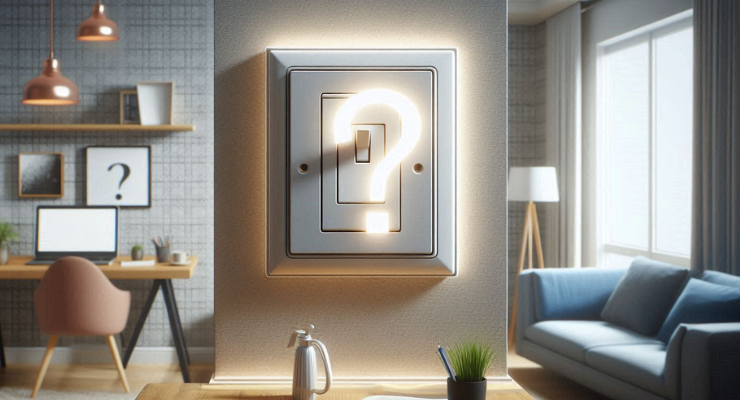Fast read
Colour temperature is a technical characteristic of light sources, expressed as a four-digit number in kelvin units. It measures the light's "warm" or "cool" from a given source. The higher the kelvin number, the cooler the light, and the lower the kelvin number, the warmer the light.
With the development of light bulb technology, colour temperature plays a more significant role in how a light bulb will look once switched on, offering customers a more comprehensive range of choices. However, it can also make purchasing a light source more complicated.
Paying attention to the K number rather than the words used to describe the colour temperature is essential, as different brands may use other words for the same K number. A general guide of colour temperatures is 2700K-3000K for warm white, 3500K for white, 4000K for cool white and 6500K for daylight.
What is colour temperature?
Interest in purchasing new light bulbs often brings about terms like ‘colour temperature,’ ‘cool white,’ or ‘warm white.’ These terms were crucial during the incandescent light bulb era when bulbs varied significantly.
Imagine going home after a shopping trip expecting a warm yellow bedroom light, only to encounter a bright, crisp white neon feel. The same concerns persist today. So it pays to check the bulb packaging to avoid such surprises.
With the development of light bulb technology and the introduction of LED bulbs, colour temperature plays a much more significant role in how a light bulb will look once switched on. Although this gives customers a more comprehensive range of choices, it also means that purchasing a light source can become much more complicated.
This is an important concept to wrap your head around because the colour temperature can significantly impact the feel and vibe of a room, and mixing and choosing light bulbs with different colour temperatures can cause unpleasant or odd lighting solutions. Luckily, there is a way to find light bulbs with the same colour temperatures, allowing you to purchase your ideal bulb.
What are colour and lighting temperatures?
Colour and light temperature are extremely technical characteristics of all light sources. Expressed as a four-digit number in the kelvin units, which measures absolute temperature using the symbol K.
In simple terms, colour temperature is a scale that measures how ‘warm’ or ‘cool’ the light is from any source. The higher the Kelvin (K) number, the cooler the light is, the lower the Kelvin (K) number, the warmer the light is.
Nowadays, the available colour temperatures range from 2000K to 6500K for most LED lights on the market. Between these numbers is a wide variety of colour codes and different complicated terms to describe them. Even more complex about this topic is that the higher the colour temperature score on a light source, the ‘cooler’ the light is and vice versa.
This is one of the reasons we are writing this article because so many people find themselves buying the opposite colour temperature light than what they wanted. This is why paying attention to the K number rather than the words is important when checking the packaging and labels. The main reason is that different brands use different words for the same K number. For example, ‘daylight’ or ‘cool white’ could both be used to describe a 5000K bulb.
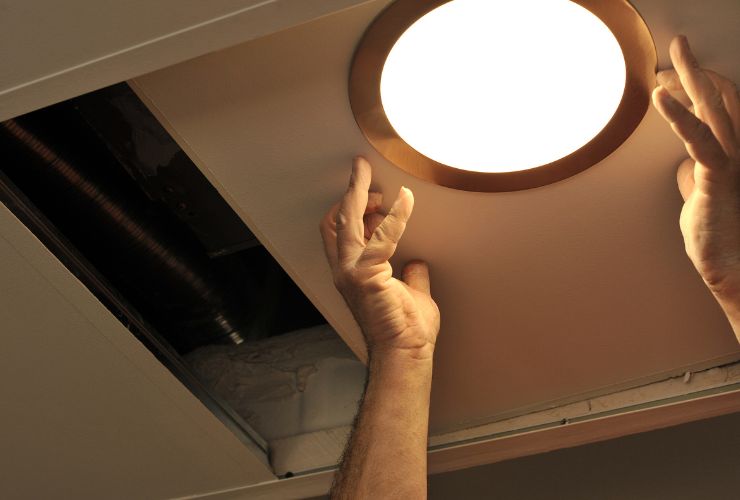
What Kelvin should I get?
People often ask about the colour temperature when buying a new bulb without knowing the colour temperature of their old one. While descriptive words may not always be accurate, manufacturers typically produce light bulbs in several standard colour temperatures. These standards encompass most light bulbs available in the market.
- 2700K – 3000K: People commonly refer to this score as warm white, often associated with traditional incandescent light bulbs. Described as a yellow glow, perfect for creating a relaxing and cosy ambience in rooms like the lounge, bedroom, reading corner, or study.
- 3500K: This colour temperature is termed white light. Bulbs with this hue are considered versatile and are typically placed in busier areas like office rooms or reception areas where a crisp white light isn’t desired.
- 4000K: This is termed cool white, emitting a crisp white light, people often use these bulbs in stimulating environments like work offices, bathrooms, and commercial kitchens
- 6500K: Known as daylight, this light is meant to replicate the natural light projected on an overcast day. When installed indoors, the light can seem somewhat blue, making them familiar in retail areas or display shops. They are also commonly used for outdoor lighting, but it is unlikely to be the choice for your living room or bedroom as they do not create a cosy feeling in these areas.
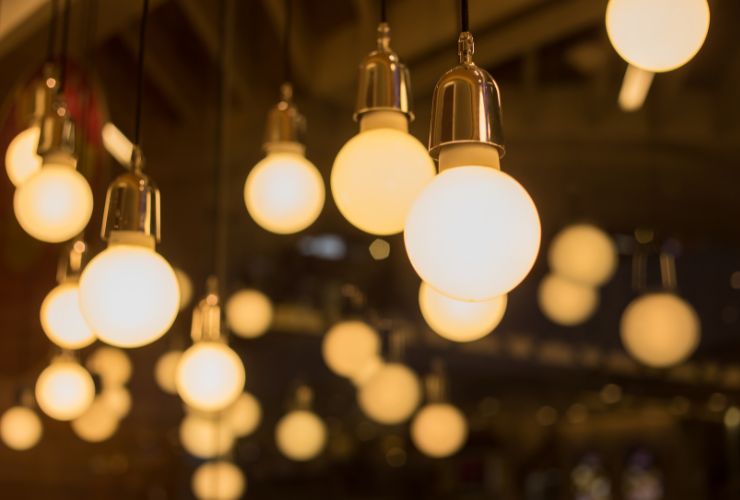
What about the light fitting?
Another tip to ensure one picks the correct light bulb other than the light temperature is fitting. In Australia, traditionally, we used the bayonet fitting, known as B22, as the most common fitting.
This is the fitting whereby the bulbs have two pins protruding at the bottom—one on each side. Then there is also a minor bayonet fitting known as B15, which is usual for candle-style light bulbs in older bedside lamps.
In newer imported lights, like in the Ikea range of lights, the fitting is the European screw type, also known as E27. The smaller screw version, such as lower-brightness candle-shaped bulbs, is the E14.
In summary
So when you shop for a light bulb, you must purchase the preferred colour temperature and the correct fitting. Therefore, ensure that when you purchase light bulbs, you always read the labelling to understand what you are buying.
When possible, it’s advisable to know the Kelvin (K) number of your current bulbs. Completely different to what you expected, and back to the shops.
